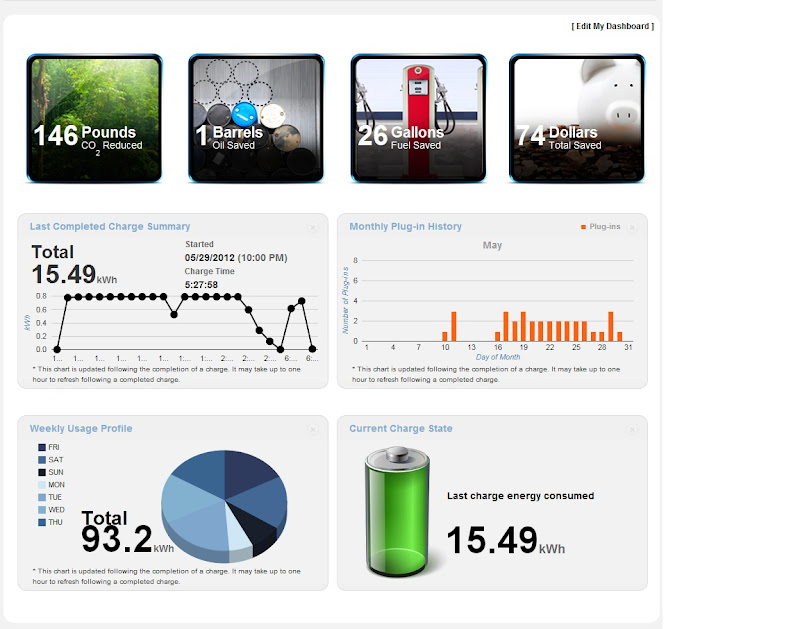jefferiksen
New member
- Joined
- Aug 21, 2012
- Messages
- 2
I just joined this forum and have searched around a bit, but have not yet found enough info to figure out how many kWh does it take to fully charge the Mitsubishi i-Miev? I am trying to size a solar panel array on my house to accommodate a (near) future purchase of an all-electric vehicle (in addition to my usual lights and refrigerator usage). I simply want to know how many kWh per year I need to go 10,000 miles per year. I have seen a couple of people's estimates from actual driving of 0.242 and 0.199 kWh/mile, which does not match Mitsubishi's estimate of 0.30 kWh/mi (30 kWh/charge with 100 miles/charge) or a more realistic 0.48 kWh.mi (62 miles/charge).
If I had a good number for kWh/mi, I could then simply multiply by the number of miles I expect to drive in a year to get my yearly kWh needed. If anyone sees any errors in my math, or can point me to some more relevant data, that would save me some time, as I need to make the decision right away on the number of solar panels to install.
Thanks,
-Jeff
If I had a good number for kWh/mi, I could then simply multiply by the number of miles I expect to drive in a year to get my yearly kWh needed. If anyone sees any errors in my math, or can point me to some more relevant data, that would save me some time, as I need to make the decision right away on the number of solar panels to install.
Thanks,
-Jeff

